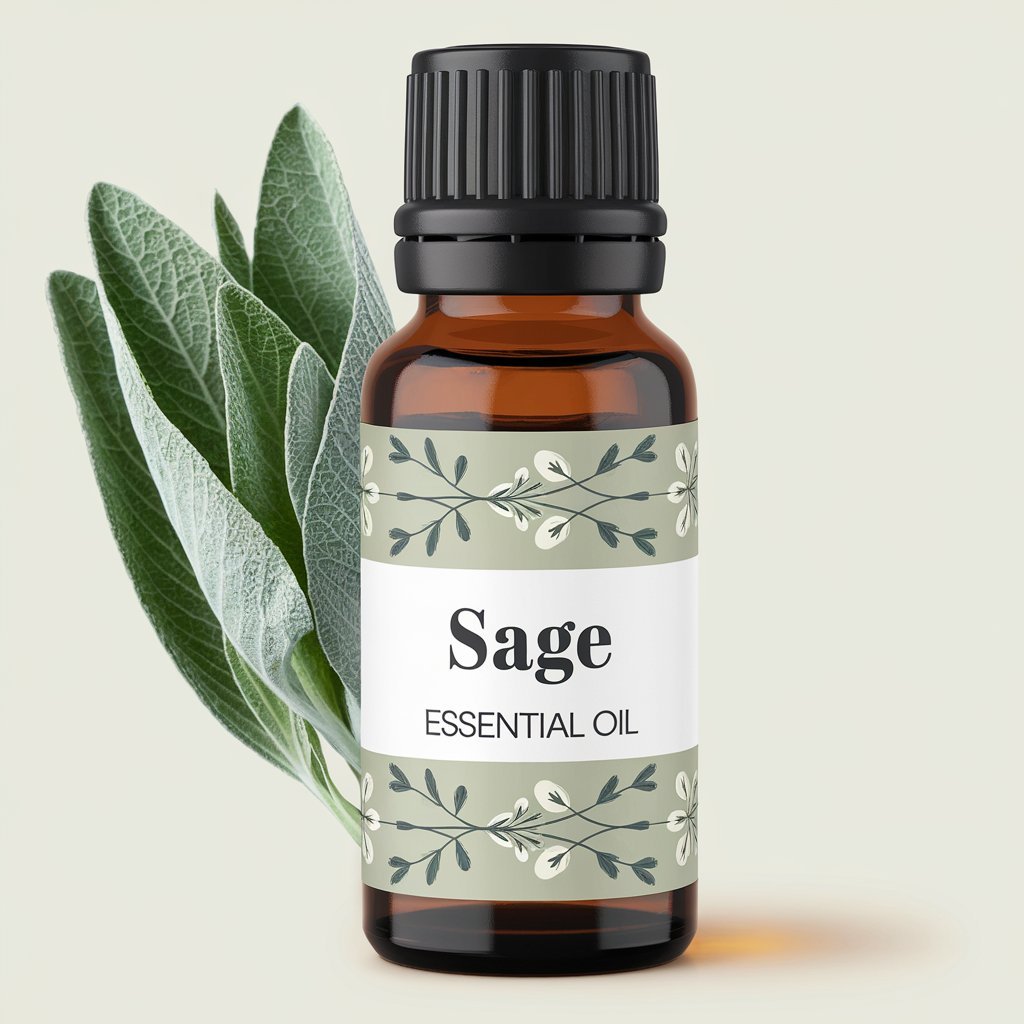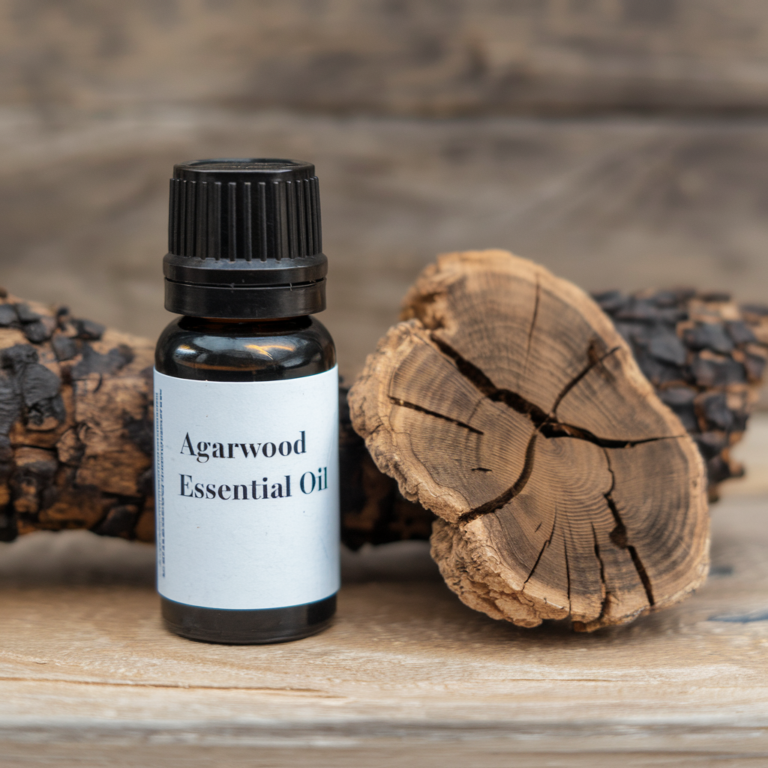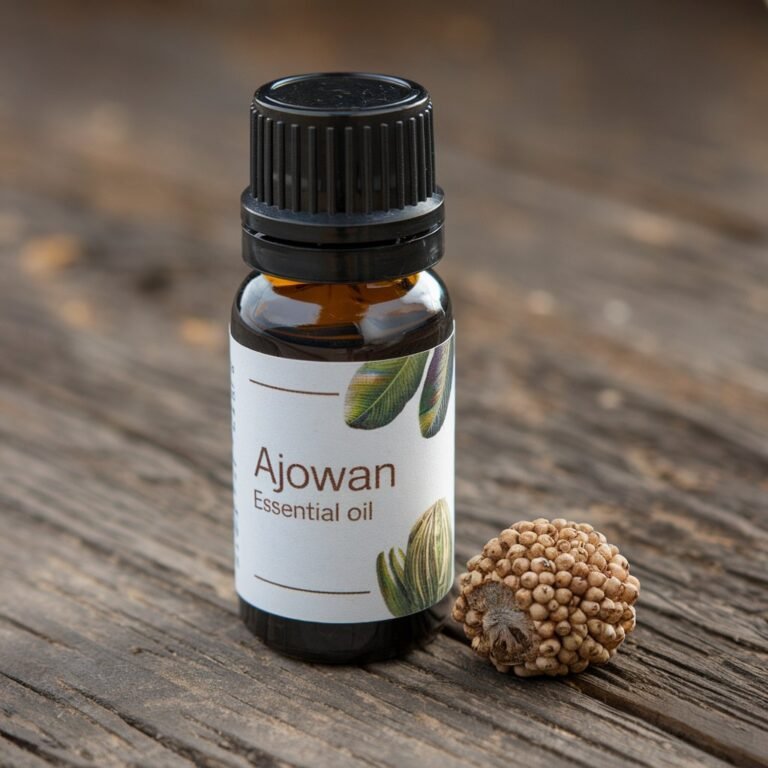Sage Essential Oil
Have you ever wondered how a single bottle can encapsulate the essence of one of nature's most revered herbs? If you're intrigued by the world of natural remedies, aromatherapy, or simply curious about plant-based products, then the wonders of sage essential oil might just pique your interest.
Recommended Brands:
Sage Essential Oil by Rocky Mountain Oils
Understanding Sage Essential Oil
What is Sage Essential Oil?
Sage essential oil is derived from the leaves of the sage plant, known scientifically as Salvia officinalis. Not only is it a staple in most kitchens thanks to its earthy flavor, but it has also been cherished for its myriad of therapeutic properties. For thousands of years, sage has been a part of traditional medicine, praised for its ability to heal and purify.
The History and Origins
Digging into the history, sage holds a place of esteem across various cultures. Originating from the Mediterranean region, it has been utilized since ancient times for sacred rituals and medicinal purposes. The Romans deemed it sacred, naming it “salvia,” derived from the word “salvare,” meaning “to save or heal.”
How Sage Essential Oil is Made
Producing sage essential oil isn't as simple as putting the leaves into a bottle. The process begins with steam distillation—a method that involves passing steam through the plant leaves. This steam captures the essential oil from the leaf cells and is then cooled, separating the oil from the water. This method ensures that the aromatic compounds are preserved, giving us the potent oil known for its powerful aroma and beneficial properties.
To visualize this, imagine a detailed, beautiful Midjourney prompt capturing a harmonious distillation process in a serene, aromatic laboratory. This would make a perfect image to highlight the art of creating sage essential oil.

Benefits of Sage Essential Oil
The benefits of sage essential oil extend far beyond its alluring scent. Here are some well-regarded advantages that make it a popular choice in holistic health:
Physical Wellness
- Skin Health: Known for its antiseptic properties, sage essential oil can help in treating minor skin infections and reducing acne scars.
- Respiratory Relief: Its anti-inflammatory and antimicrobial features make it effective in soothing respiratory tract issues, such as coughs and colds.
- Pain Relief: Due to its analgesic properties, sage oil can be used to alleviate muscular ache, joint pain, and even tensions in migraines.
Mental and Emotional Wellness
- Stress Reduction: Its calming aroma can alleviate anxiety and emotional exhaustion, promoting a sense of well-being.
- Cognitive Improvement: There are studies indicating that sage essential oil can improve memory and cognitive function, which might aid in conditions that affect memory retention.
To beautifully convey the allure of these benefits in imagery, imagine a bottle of essential sage oil in a cozy, calm setting, where you can almost breathe in tranquility.

Recommended Brands:
Sage Essential Oil by Rocky Mountain Oils
How to Use Sage Essential Oil
Aromatherapy
One of the most popular methods of utilizing sage essential oil is through aromatherapy. Adding a few drops to a diffuser can fill a room with a refreshing and calming aroma. It's perfect for meditation sessions or simply unwinding after a hectic day.
Topical Application
When diluted with a carrier oil, sage essential oil can be applied to the skin. Whether it's for a massage to relieve muscular tension or a gentle rub on the temples for headache relief, it's a versatile addition to any skincare regime. Remember, it's potent, so always use it with care.
Ingesting Sage Oil
While sage has culinary uses, ingesting the essential oil should be done with caution and ideally under the guidance of a healthcare professional. Essential oils are highly concentrated and can be overwhelming if not used correctly.

Pros and Cons of Sage Essential Oil
Pros
- Natural Remedy: Offers a natural alternative to synthetic medications for various ailments.
- Versatile Use: From skincare to mood enhancement, its uses are widespread.
- Potent: A small amount can yield substantial benefits.
Cons
- Skin Sensitivity: Some people may have allergic reactions, so a patch test is recommended.
- Overconsumption Risks: Ingesting too much can lead to adverse effects due to its high concentration.
- Cost: High-quality sage essential oils can be pricey.
This careful balance of pros and cons can help guide informed decisions when considering the inclusion of sage essential oil in daily wellness routines.
Risks and Considerations
Allergic Reactions
Those with sensitivities should approach this oil cautiously. It's always a wise move to perform a patch test before full application, ensuring that any potential reaction is mild.
Pregnancy and Nursing
Caution is advised for pregnant women and nursing mothers. The strong compounds in the oil could lead to complications, so consulting a healthcare provider is essential.
Correct Storage
To maintain its potency, sage essential oil should be stored away from direct sunlight in a cool, dark place, ensuring that it remains effective for a long time.
Incorporating Sage Essential Oil in Daily Life
Household Cleaner
Apart from personal care, it can be a natural cleaning agent. Infusing it into homemade cleaning solutions can help disinfect surfaces without the harshness of chemical-based cleaners.
Hair Care
Sage oil can be a part of hair care routines, helping with conditions like dandruff and improving hair shine. A few drops added to shampoo can make a significant difference.
Emotional Wellness
Incorporating sage oil into your daily life might involve diffusing it for a half-hour before bed, promoting a serene environment conducive to restful sleep..”
Recommended Brands:




